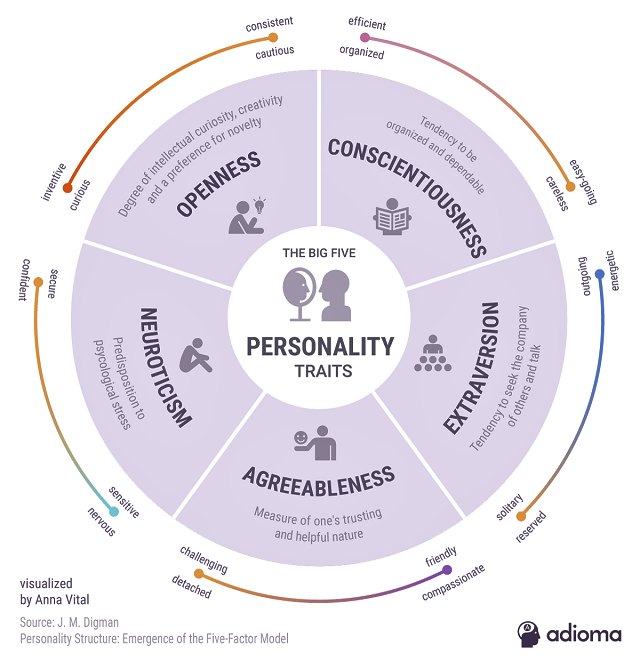Defining the Problem
Defining the problem is the first step in creating a successful project plan. Without a clear understanding of the problem, it’s impossible to develop a comprehensive plan that will address the root cause of the issue. In this article, we will discuss the importance of defining the problem and provide tips for effective problem definition.
Recently, my role has changed to Project Manager within Corporate FSI (Foreign Systems Interfaces) team at Universal Health Services. While I have been technically managing implementation, and new builds for our Acute facilities involving Physician Billing for the last two-three years, it’s nice to pursue this course, officially.
Importance of Defining the Problem in Project Planning
Defining the problem is crucial in project planning for several reasons:
- Provides clarity: Defining the problem provides clarity on what needs to be addressed, why it needs to be addressed, and how it can be addressed.
- Ensures focus: Defining the problem ensures that the project team remains focused on addressing the root cause of the issue, rather than just treating symptoms.
- Facilitates decision-making: A clear definition of the problem helps project managers make informed decisions about resource allocation, timelines, and the overall project plan.
- Increases stakeholder engagement: Defining the problem enables stakeholders to understand the project’s purpose and value, increasing their engagement and buy-in.
Tips for Effective Problem Definition
Effective problem definition requires a systematic approach that involves collecting and analyzing data. Here are some tips for effective problem definition:
- Identify the symptoms: Start by identifying the symptoms of the problem, such as delays, cost overruns, or low-quality output. This will help you understand the scope of the problem.
- Collect data: Collect data to identify the root cause of the problem. Data can be collected through surveys, interviews, focus groups, or other methods.
- Analyze the data: Analyze the data to identify patterns or trends that may be contributing to the problem. Use tools such as Pareto charts or fishbone diagrams to identify potential causes.
- Define the problem: Once you have identified the root cause, define the problem in a clear and concise manner. This should include a statement of the problem, the impact of the problem, and the stakeholders affected.
- Refine the problem statement: Refine the problem statement by seeking feedback from stakeholders and adjusting the statement as needed.
- Prioritize the problem: Prioritize the problem by considering its impact on the project, the stakeholders affected, and the feasibility of addressing the issue.
In Summary
In conclusion, defining the problem is a critical step in project planning that provides clarity, ensures focus, facilitates decision-making, and increases stakeholder engagement. Effective problem definition requires a systematic approach that involves collecting and analyzing data, defining the problem in a clear and concise manner, refining the problem statement, and prioritizing the problem. By following these tips, project managers can ensure that their project plan addresses the root cause of the problem, leading to a successful outcome.
#infobymattcole
 You can check out Matt’s LinkedIn account, Youtube Channel, or Podcast.
You can check out Matt’s LinkedIn account, Youtube Channel, or Podcast.Introducing my new books, ‘The Art of Critical Thinking’ and ‘The Critical Thinking Model’. Both can be read for free with Kindle Unlimited or $2.99 each via Kindle.




One Comment
Comments are closed.